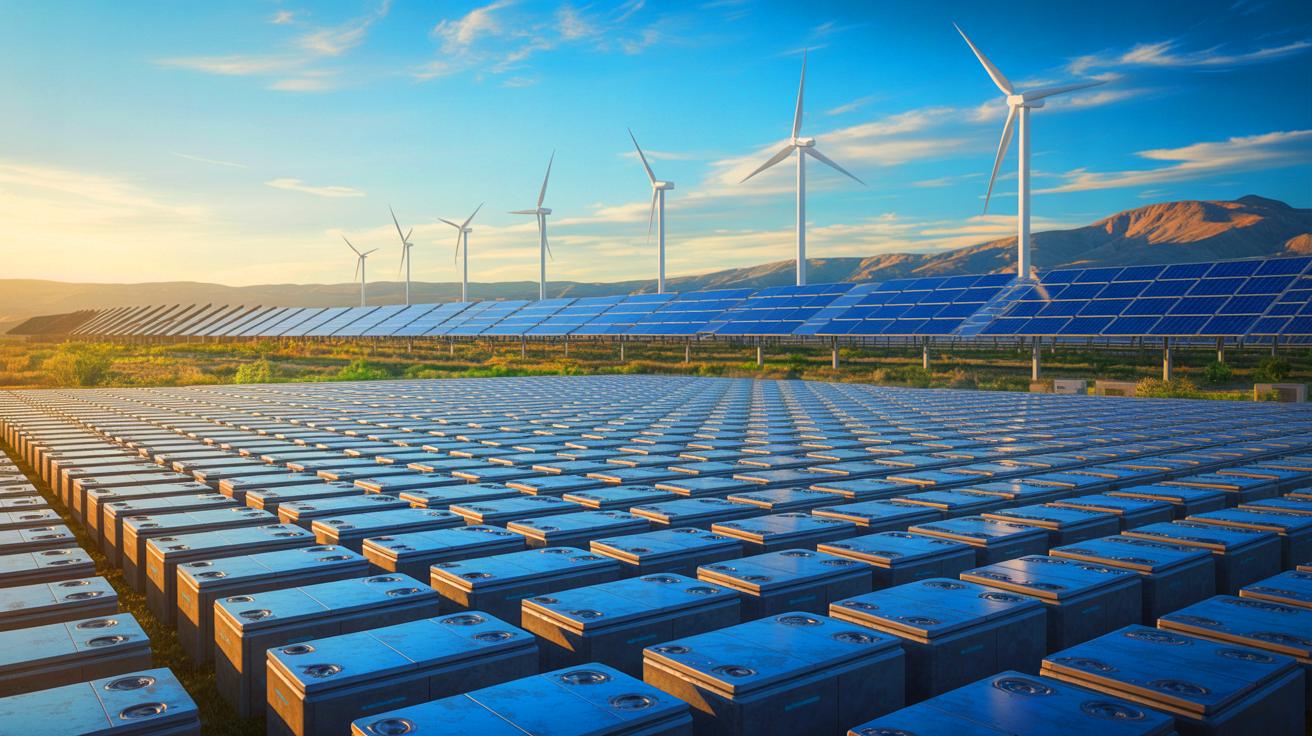IN A NUTSHELL
🔋 California faces a growing surplus of retired electric vehicle batteries, necessitating strategic management.
🌱 A “second-use first” approach offers significant carbon savings by repurposing batteries for energy storage before recycling.
🔄 Developing a robust recycling infrastructure is critical to handle the oversupply and recover valuable materials like lithium and cobalt.
🌍 The study’s findings have broader implications for U.S. energy policy, emphasizing the benefits of a circular battery economy.
The growing surplus of retired electric vehicle (EV) batteries is becoming an urgent issue for California. As the state increases its adoption of renewable energy, it faces a critical decision: how to manage the influx of spent EV batteries. A recent study by a trans-Atlantic research team highlights a potential solution. Reusing these batteries as grid-connected storage before recycling could significantly reduce carbon emissions. This approach, however, demands a robust infrastructure and strategic planning to maximize environmental benefits. The study’s findings not only hold implications for California but also serve as a cautionary tale for energy policies across the United States.
Reuse Delivers the Bigger Climate Dividend
California’s plan to manage retired EV batteries could result in substantial carbon savings. The study reveals that if every retired battery is recycled immediately, it could cover 61% of the state’s cumulative EV battery demand by 2050. This would prevent approximately 48 million tons of carbon dioxide emissions. However, adopting a “second-use first” strategy could amplify these benefits.
By repurposing batteries for energy storage, California could avoid up to 56 million tons of carbon emissions. This approach leverages the existing functionality of aged batteries, avoiding the need to manufacture new lithium-ion units. Manufacturing from primary raw materials is carbon-intensive, making the reuse of existing packs a more sustainable option. Extending the life of these batteries defers the environmental impact of new manufacturing, maximizing carbon savings.
Oversupply Looms, Making Early Recycling Infrastructure Critical
Despite the environmental benefits of reuse, researchers warn of an impending oversupply of retired EV batteries. By mid-century, the quantity of spent batteries will exceed the state’s stationary storage needs. Even if all second-life packs are used, the demand will not match the supply. This scenario highlights the necessity of a well-developed recycling infrastructure.
Building large-scale recycling facilities is essential to handle the surplus efficiently. Delaying investment in these facilities could lead to bottlenecks, impeding the recovery of valuable materials like lithium, nickel, and cobalt. These materials are crucial for the production of next-generation EVs. Establishing comprehensive collection networks and efficient recycling processes will ensure a steady supply of these resources, supporting the growth of the EV industry.
Three Scenarios Illuminate Trade-Offs
The research team explored three scenarios to evaluate the potential outcomes. The baseline scenario represents the current state, where only 2.5% of retired batteries are reused. The recycling scenario focuses on 100% material recovery, while the second-use scenario prioritizes reuse until storage needs are satisfied annually.
Each scenario emphasizes the importance of recycling to close the loop on raw materials. However, the second-use strategy offers the most significant carbon savings while still contributing to future recycling streams. This approach allows batteries to provide additional service years, maximizing their utility before recycling.
Implications for U.S. Energy Policy
Although the study centers on California, its implications resonate nationwide. As federal incentives drive EV adoption and renewable energy growth, states with ambitious clean-energy goals can benefit from these findings. Pairing solar and wind farms with repurposed EV batteries can enhance climate gains.
Holistic, regional planning is crucial to realizing the full potential of a circular battery economy. By coordinating production, reuse, and recycling efforts, jurisdictions can strengthen supply-chain resilience, reduce reliance on mined materials, and achieve deeper emissions reductions. Early action will be key to securing these benefits and leading the transition to sustainable energy practices.
As California navigates the challenges of managing retired EV batteries, the rest of the nation observes closely. The decisions made today will shape the future of energy policy and environmental sustainability. How will states balance the need for immediate recycling with the potential benefits of battery reuse?
This article is based on verified sources and supported by editorial technologies.
Did you like it? 4.5/5 (30)

